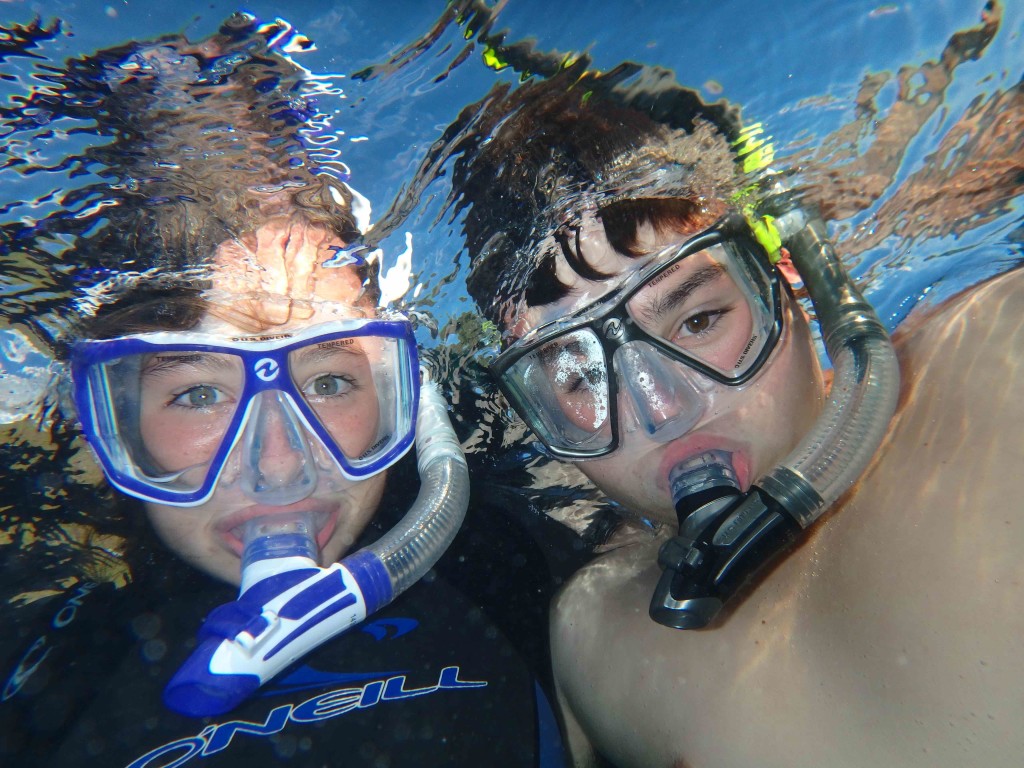
Approaching landfall on the island of Niue, I look up from reading and expectantly scan the horizon. After the towering, cloud-shrouded peaks of Polynesia I expect to see the land reaching up to pierce the sky in a splinter of rocky crags. What I see instead actually makes me laugh out loud. It’s a giant pancake.
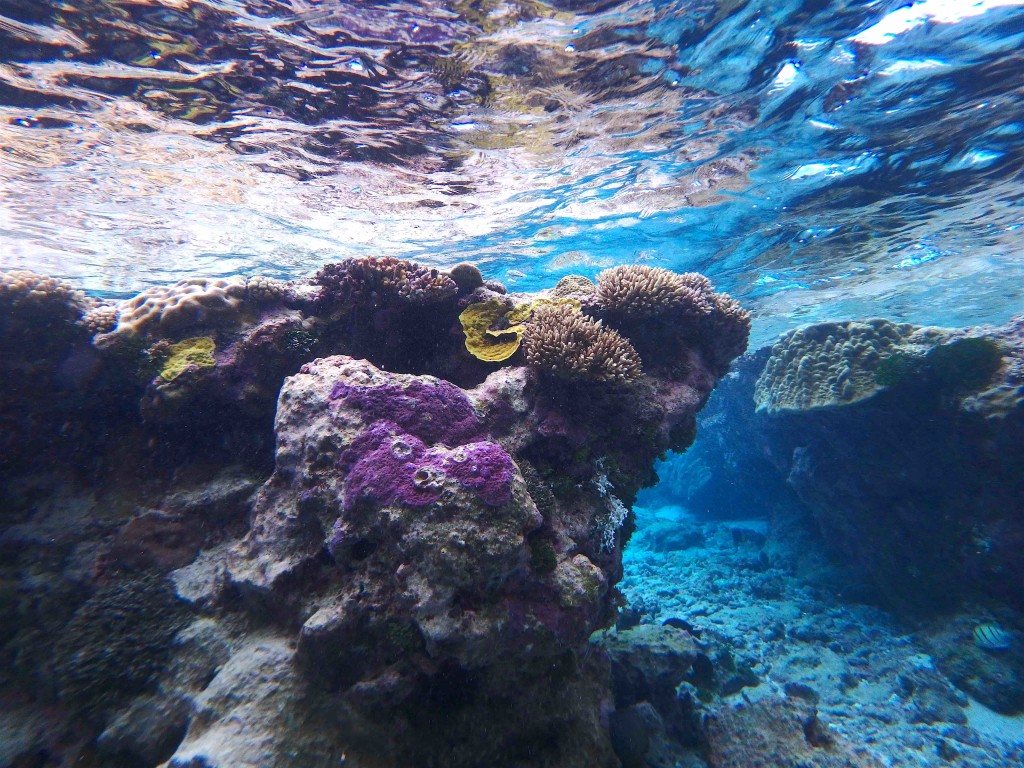

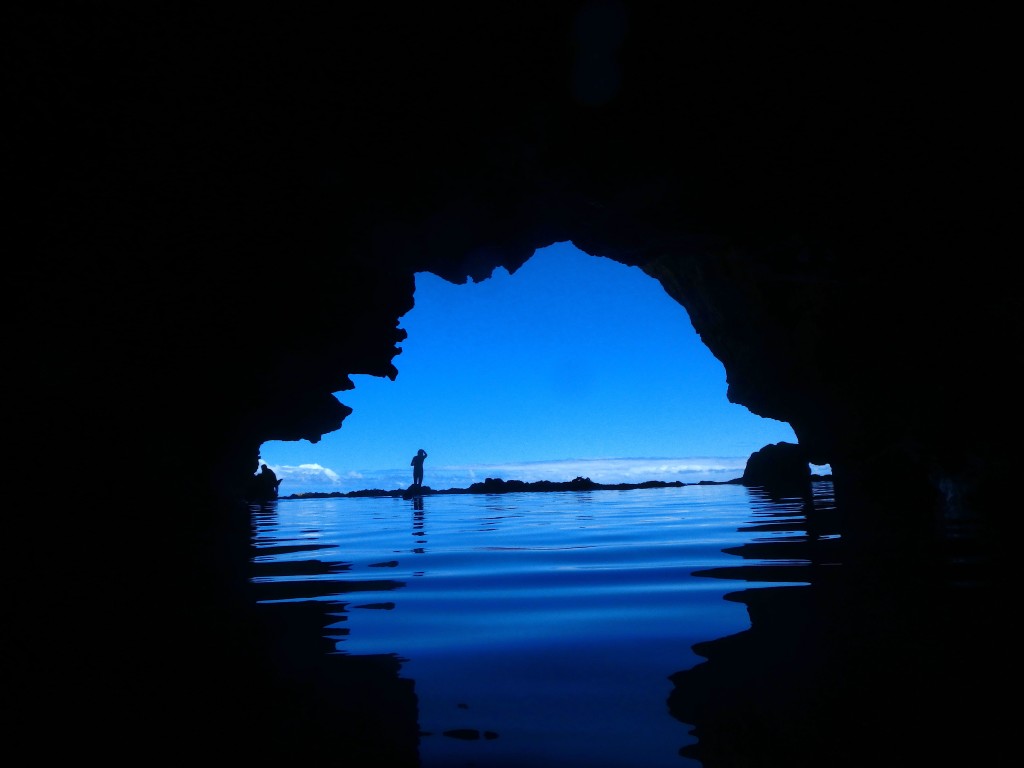
Like the Tuamotus, the island of Niue was formed as a coral atol, just awash at sea level. Unlike the Tuamotus, Niue was an atol eons ago when sea level was nearly 200 feet higher. As the sea receded, the coral fossilized leaving a rocky pancake of sea-etched limestone nearly 200 feet tall. Niue is unlike anything we’ve seen before. It looks so plain and unassuming that, as we approach I’m already making plans to depart; I mean how much diversity can there be on a giant flat rock? I couldn’t have been more wrong.
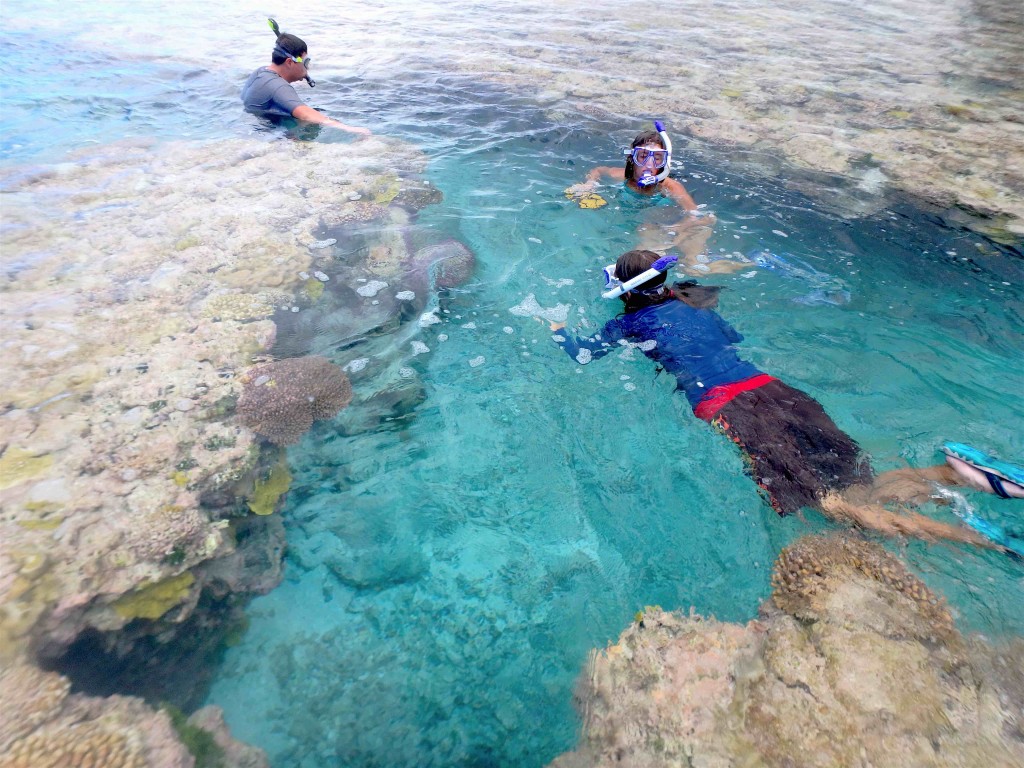
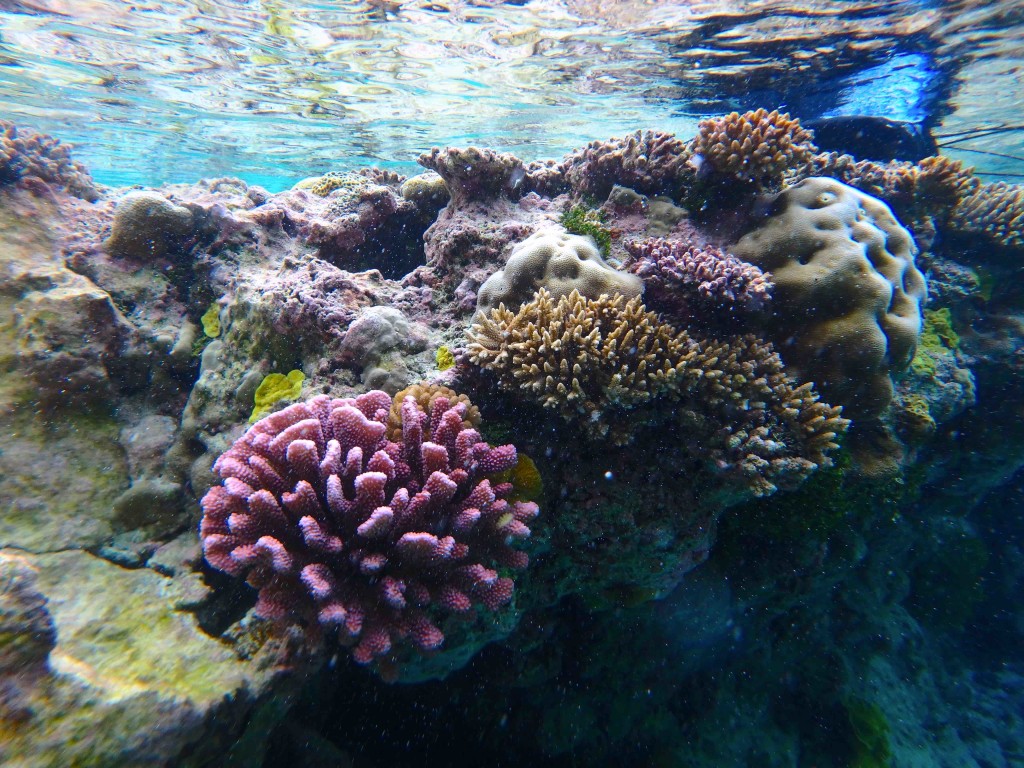
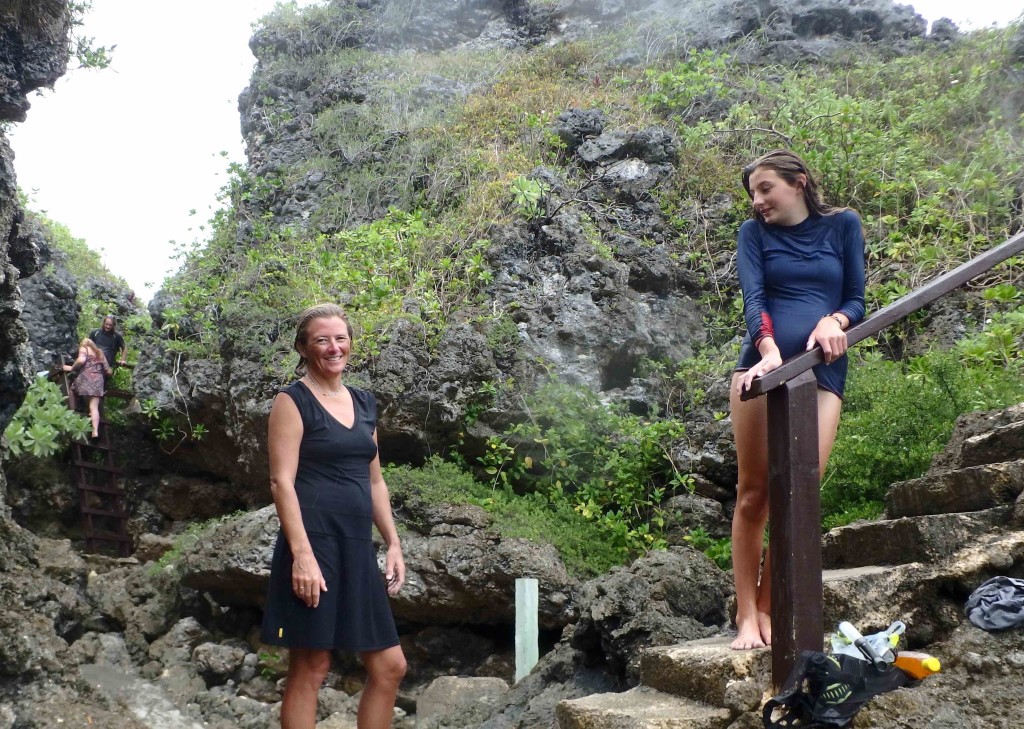
For starters, the Niuean people are extremely laid back and family-oriented. The island’s 2000 or so inhabitants nearly all seem to be warm and friendly, invariably giving a wave or a friendly ‘hello’ in passing. Even small children are confident enough to give a stranger a warm smile and a kind greeting. After the somewhat reserved, French-influenced attitudes of the Society Islands, this warmth and openness is a refreshing change. It certainly doesn’t hurt that we’re back in English-speaking territory, both Niuean and English are spoken thanks to Niue’s administrative affiliation with New Zealand.
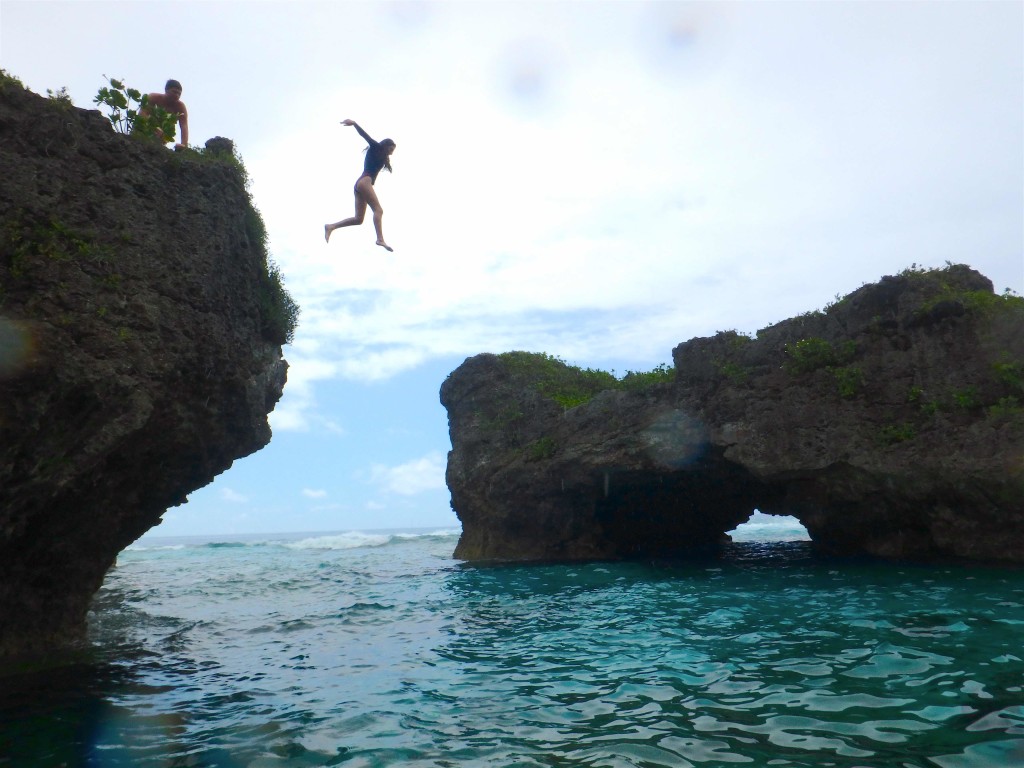
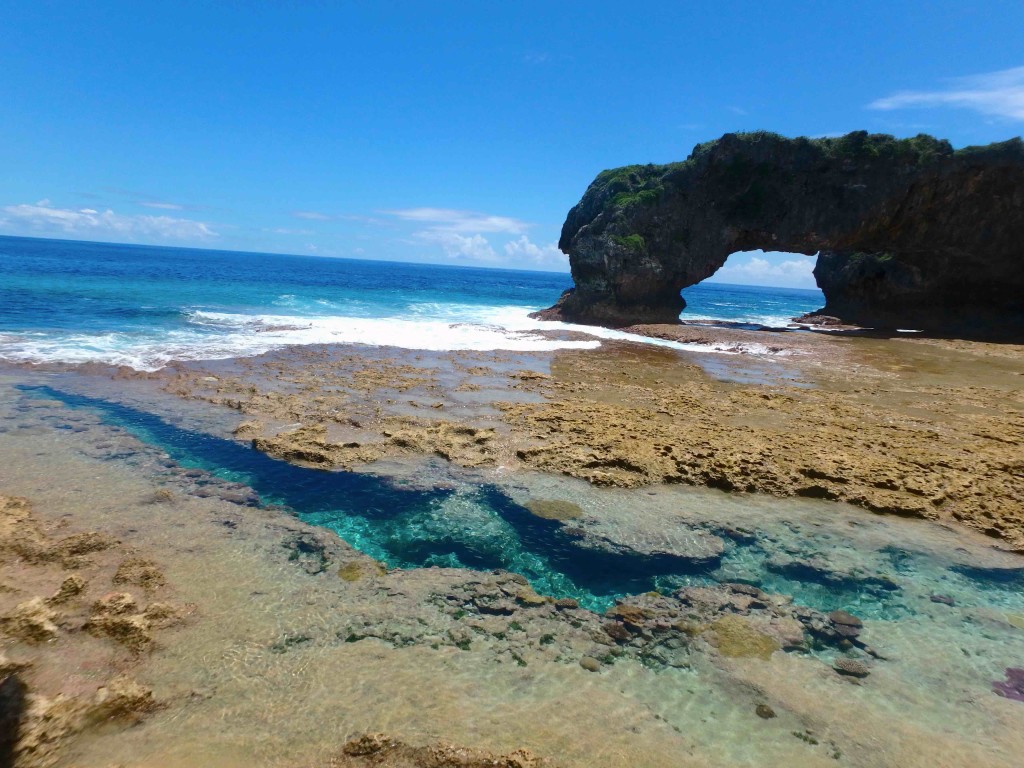
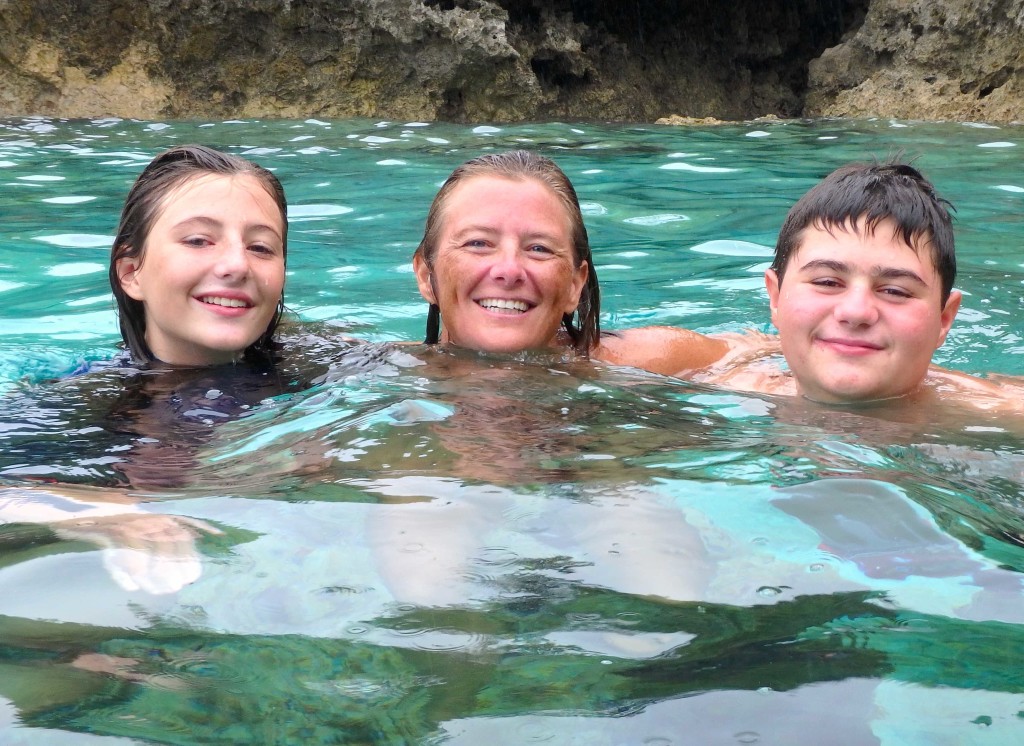
Perhaps the most surprising thing for me about Niue, however, is the incredible diversity of creatures and spectacular destinations. In a very short time we saw limestone caverns, sea-carved arches, steep chasms, freshwater pools, coral gardens, whales, spinner dolphins, deadly (but friendly!) sea snakes, colorful reef fish, tide pools, tidal caves, cliff drops, and more. Even sites that were only a few hundred meters apart had completely different things to see and do. Naturally, we tended toward the water-oriented features, which were stunning, but made even more incredible by the crystal clear water clarity. Because the island is actually one big hunk of limestone (it’s affectionately called “The Rock” by those who know it) the water is almost completely devoid of sediment, making the diving and snorkeling some of the best in the world.
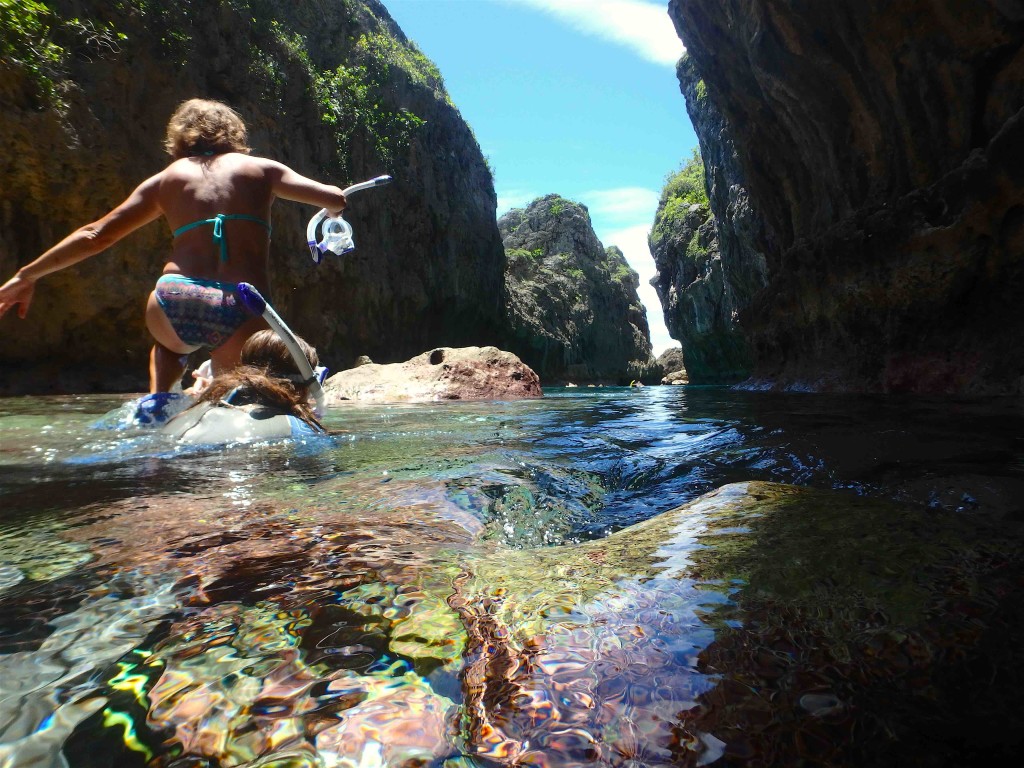
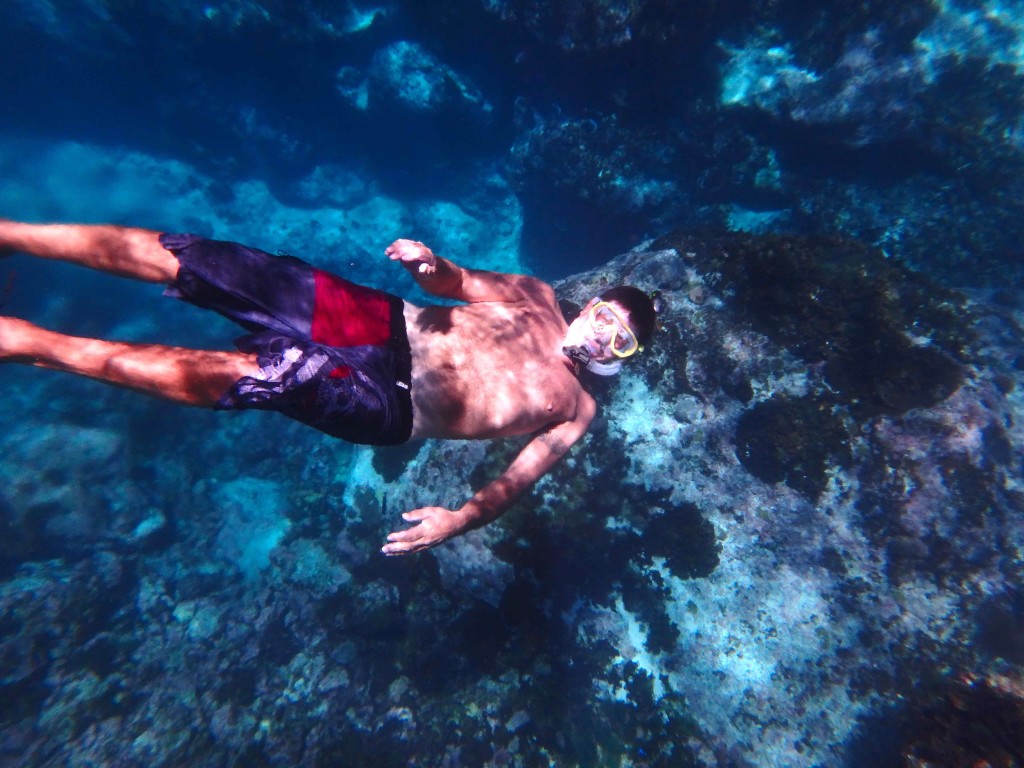

Simply put, we were gob-smacked by this place. Because of brewing weather systems we felt it best to leave after just a week, but I put Niue toward the top of a future return list. The locals would prefer to keep this a well-kept secret, but I’ll say if you ever have the chance, don’t miss a stop at “The Rock.” For me, it’s a good reminder not to generate expectations, and certainly never to judge a book by it’s cover.
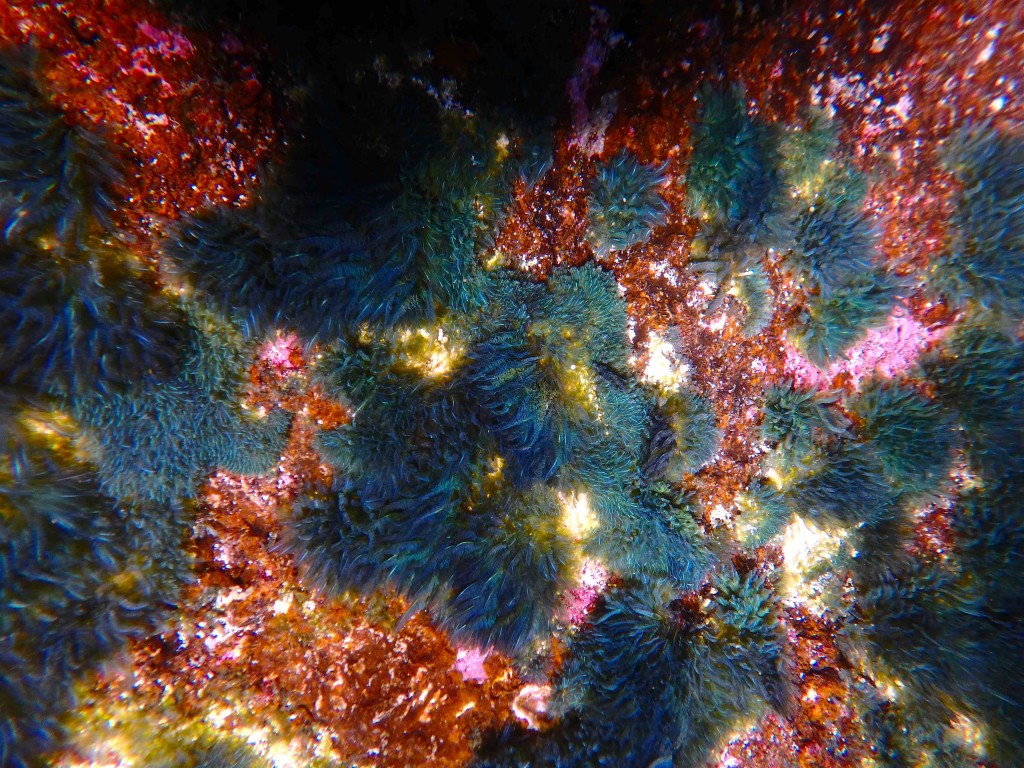
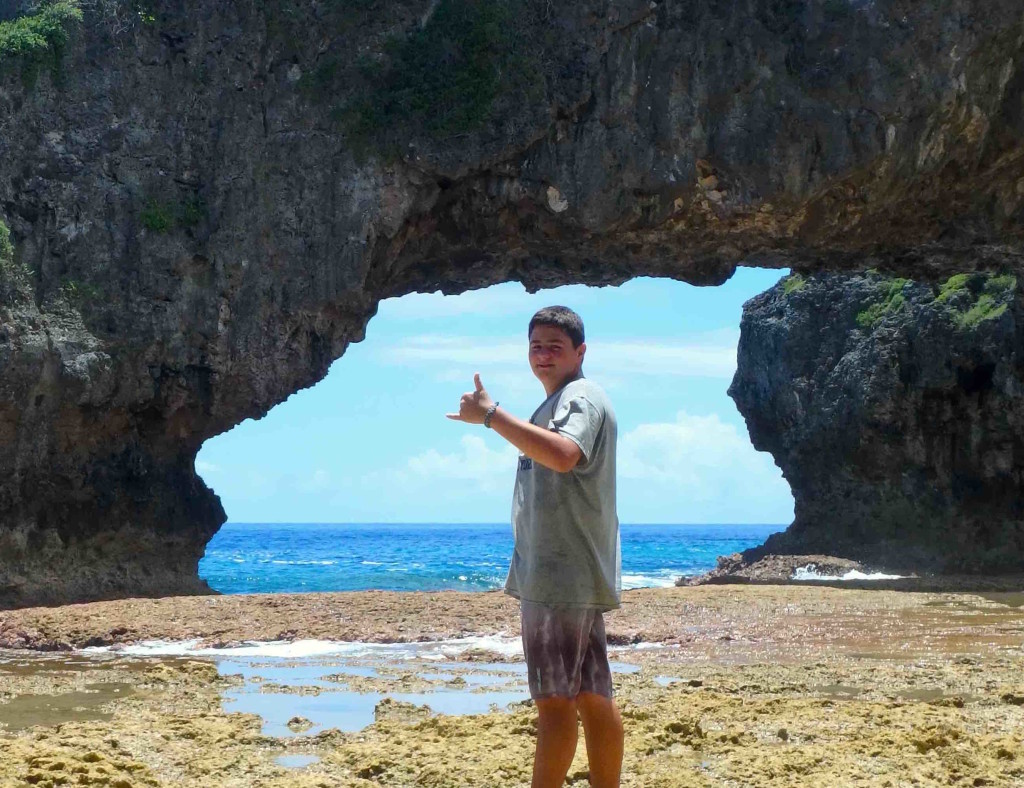
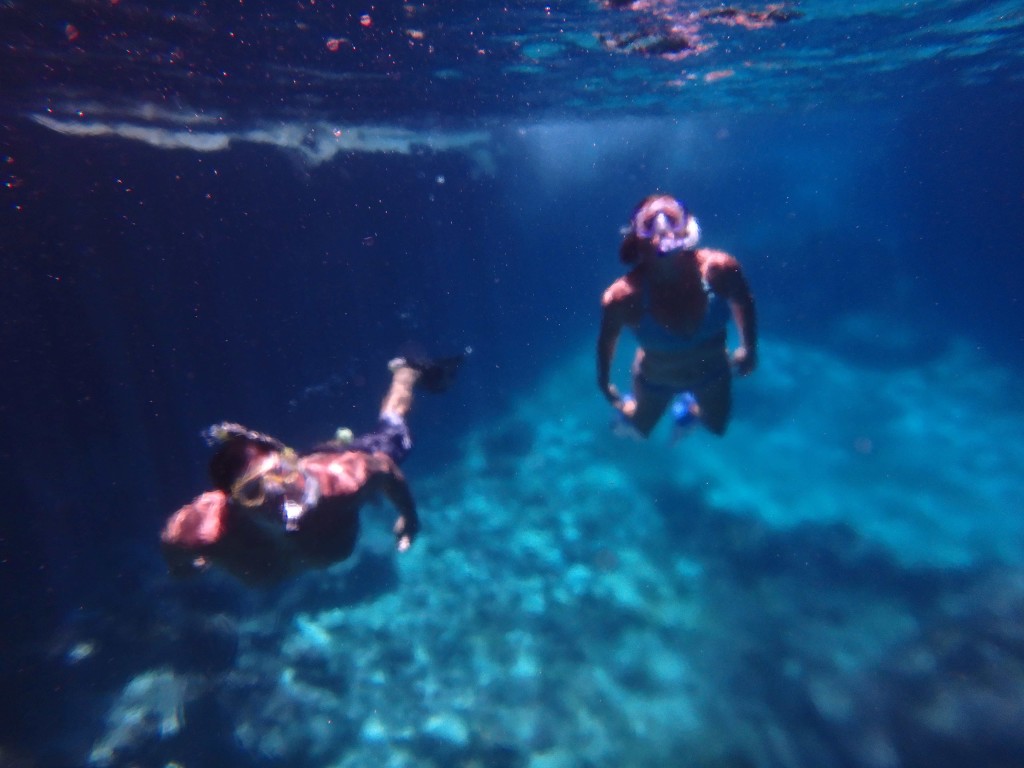
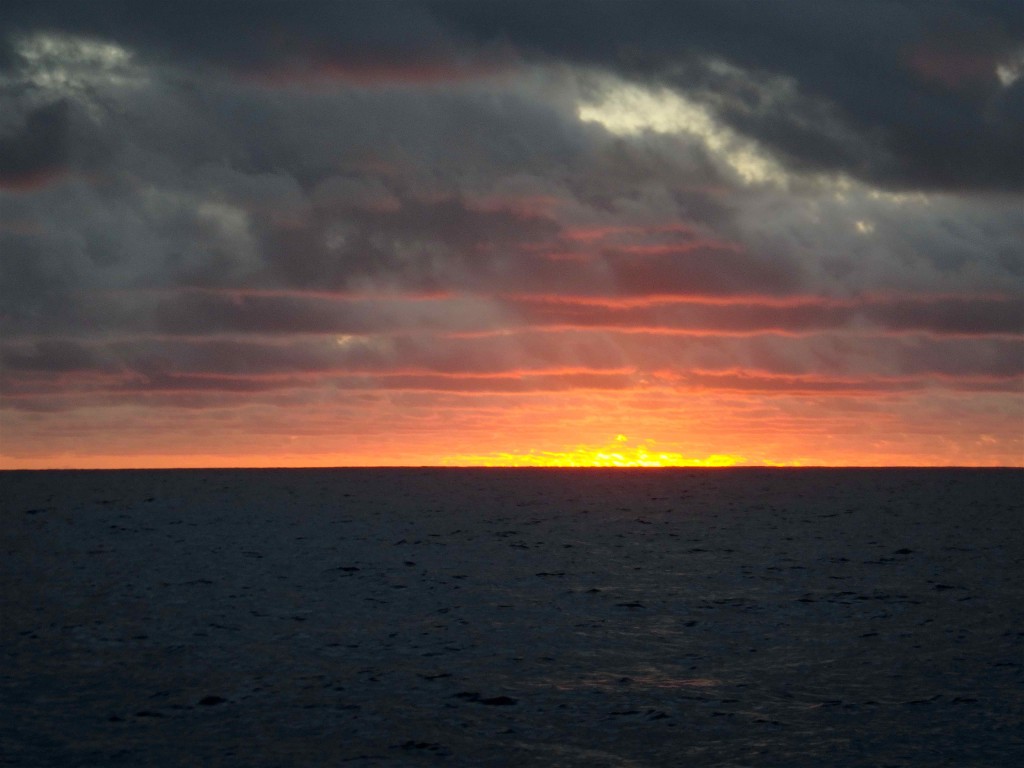
Wonderful images of ya’ll!! Though not a water person, I could see myself exploring that gorgeous water. Hugs to all of you!